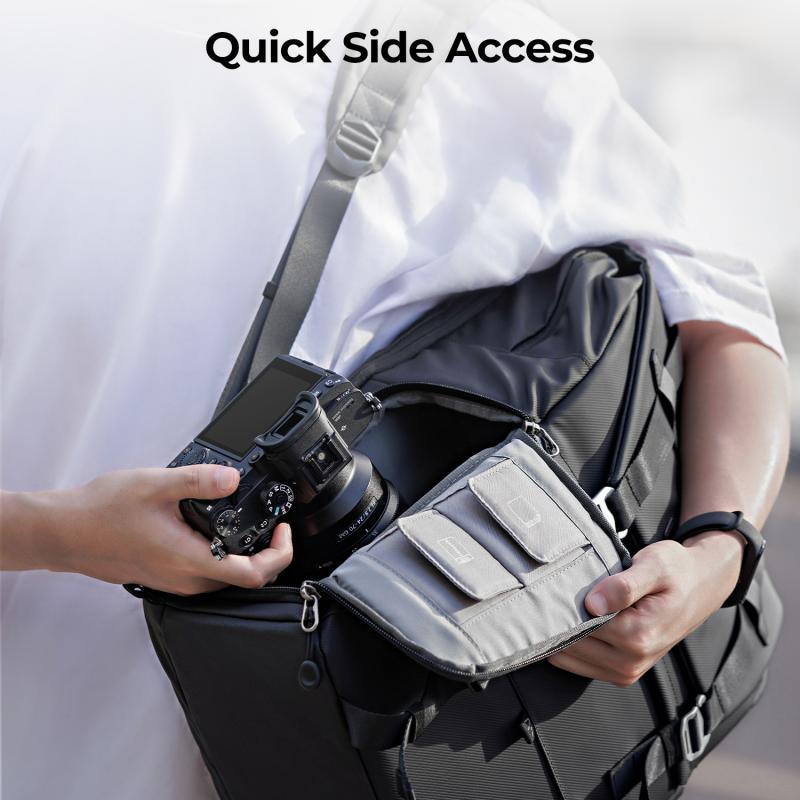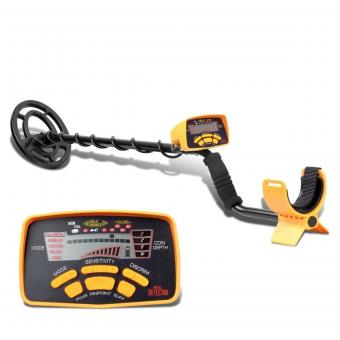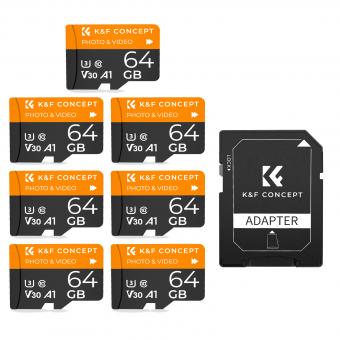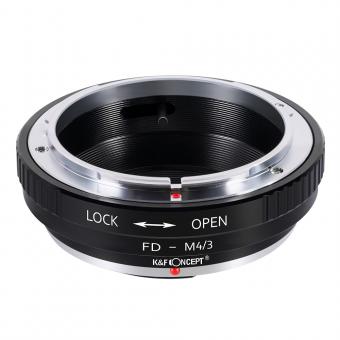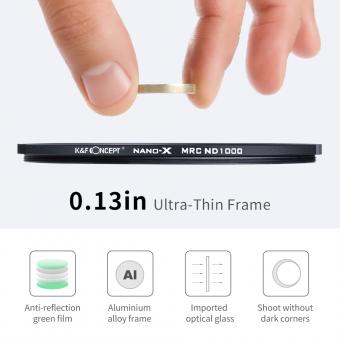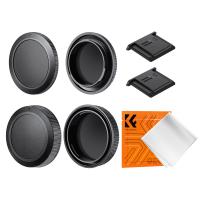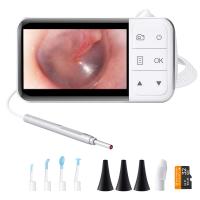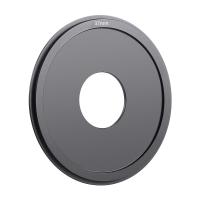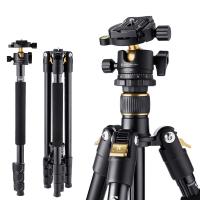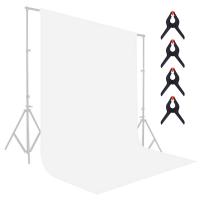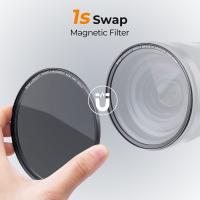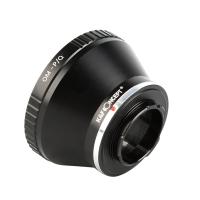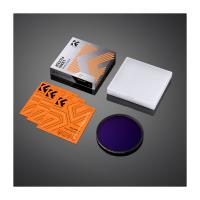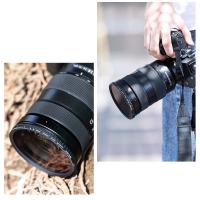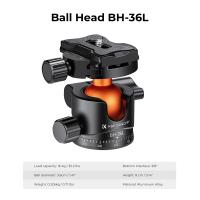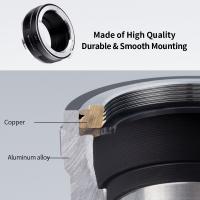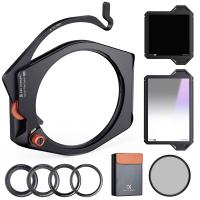How To Detect Surveillance Cameras ?
There are several ways to detect surveillance cameras:
1. Look for the camera lens: Surveillance cameras usually have a small lens that is visible. Look for any small, circular or rectangular objects that may be cameras.
2. Check for wires: Some cameras may have visible wires that connect them to a power source or recording device. Look for any wires that may be running along walls or ceilings.
3. Use a flashlight: Shine a flashlight around the room or area you suspect may have cameras. The reflection of the camera lens will appear as a small, bright spot.
4. Use a camera detector: There are devices available that can detect the presence of cameras by picking up their radio frequency signals.
5. Look for signs: Some businesses or property owners may post signs indicating that surveillance cameras are in use. Keep an eye out for any signs that may be posted in the area.
1、 Physical Inspection
One of the most effective ways to detect surveillance cameras is through physical inspection. This involves visually scanning the area for any cameras or suspicious devices that may be used for surveillance. Here are some tips on how to conduct a physical inspection:
1. Look for cameras in obvious locations: Start by looking for cameras in obvious locations such as corners of the room, ceilings, and walls. Cameras are often placed in these areas to capture a wide view of the room.
2. Check for wires: Look for wires that may be connected to cameras. These wires may be hidden behind walls or ceilings, so be sure to inspect these areas thoroughly.
3. Look for reflective surfaces: Cameras often have reflective surfaces that can give away their location. Look for any shiny or reflective surfaces that may be cameras.
4. Use a flashlight: Use a flashlight to inspect dark corners and hard-to-reach areas. This can help you spot cameras that may be hidden in these areas.
5. Use a detector: There are now devices available that can detect hidden cameras and other surveillance equipment. These devices use radio frequency signals to detect cameras and other devices that may be used for surveillance.
It is important to note that with the advancement of technology, surveillance cameras can now be disguised as everyday objects such as clocks, smoke detectors, and even light bulbs. Therefore, it is important to be vigilant and thorough when conducting a physical inspection.
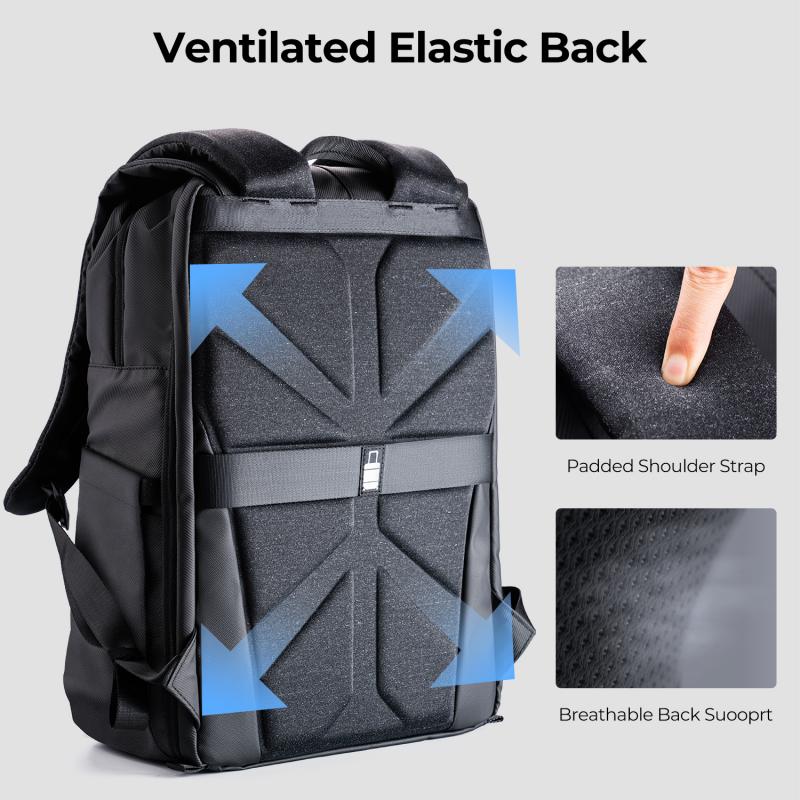
2、 Check for Reflections
How to detect surveillance cameras? One of the most effective ways is to check for reflections. Surveillance cameras often have reflective surfaces, such as lenses or metal casings, that can reflect light and reveal their location. By carefully scanning the area for any unusual reflections, you can identify potential camera locations and take appropriate measures to avoid being monitored.
However, it's important to note that modern surveillance cameras may use advanced technology to minimize reflections and make them harder to detect. For example, some cameras may use anti-reflective coatings or infrared sensors that are invisible to the naked eye. Additionally, some cameras may be hidden in inconspicuous objects or disguised as other devices, making them even harder to spot.
To increase your chances of detecting surveillance cameras, you can use specialized tools such as camera detectors or infrared scanners. These devices can help you identify hidden cameras that may not be visible to the naked eye. Additionally, you can use common sense and be aware of your surroundings. If you notice any suspicious behavior or unusual objects in the area, it's best to err on the side of caution and assume that you may be under surveillance.
In conclusion, while checking for reflections is a useful way to detect surveillance cameras, it's important to be aware of the latest technology and take appropriate measures to protect your privacy. By staying vigilant and using the right tools, you can minimize the risk of being monitored without your knowledge or consent.
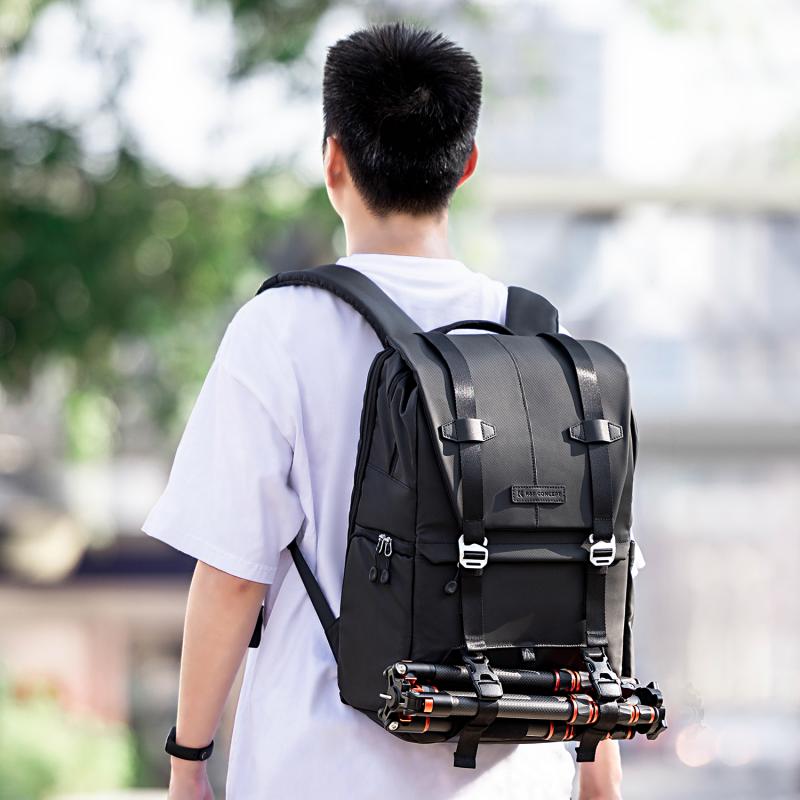
3、 Use a Wireless Signal Detector
How to detect surveillance cameras? One effective way is to use a wireless signal detector. These devices are designed to detect wireless signals emitted by surveillance cameras, as well as other wireless devices such as Wi-Fi routers and Bluetooth devices.
Wireless signal detectors work by scanning the surrounding area for wireless signals and displaying the results on a screen. They can detect signals from a range of frequencies, including those used by surveillance cameras. Some models even have the ability to identify the type of device emitting the signal, allowing you to differentiate between a camera and other wireless devices.
One of the latest advancements in wireless signal detectors is the use of artificial intelligence (AI) technology. Some models now incorporate AI algorithms that can analyze the detected signals and provide more accurate results. This can help to reduce false positives and improve the overall effectiveness of the device.
It's important to note that wireless signal detectors are not foolproof and may not detect all surveillance cameras. Some cameras may use wired connections or operate on frequencies that are not detectable by these devices. Additionally, some cameras may be hidden or disguised in a way that makes them difficult to detect.
Overall, using a wireless signal detector is a useful tool for detecting surveillance cameras, but it should be used in conjunction with other methods such as visual inspections and professional sweeps.

4、 Look for Infrared Lights
How to detect surveillance cameras? One way is to look for infrared lights. Infrared lights are used in many surveillance cameras to enable them to capture images in low light conditions. These lights are usually not visible to the naked eye, but they can be detected using a smartphone camera or a digital camera.
To detect infrared lights, simply turn on your smartphone camera or digital camera and point it towards the area where you suspect a surveillance camera may be located. If you see a series of small, glowing red dots, this is a sign that there may be infrared lights present. These lights are often located around the lens of the camera, so be sure to focus your camera on this area.
It's important to note that not all surveillance cameras use infrared lights, and some may use other types of technology to capture images in low light conditions. Additionally, some cameras may be designed to be hidden or disguised, making them more difficult to detect.
As technology advances, so do the methods used for surveillance. Some newer cameras may use advanced techniques such as facial recognition or artificial intelligence to track and monitor individuals. It's important to stay informed about the latest surveillance technologies and to take steps to protect your privacy.
